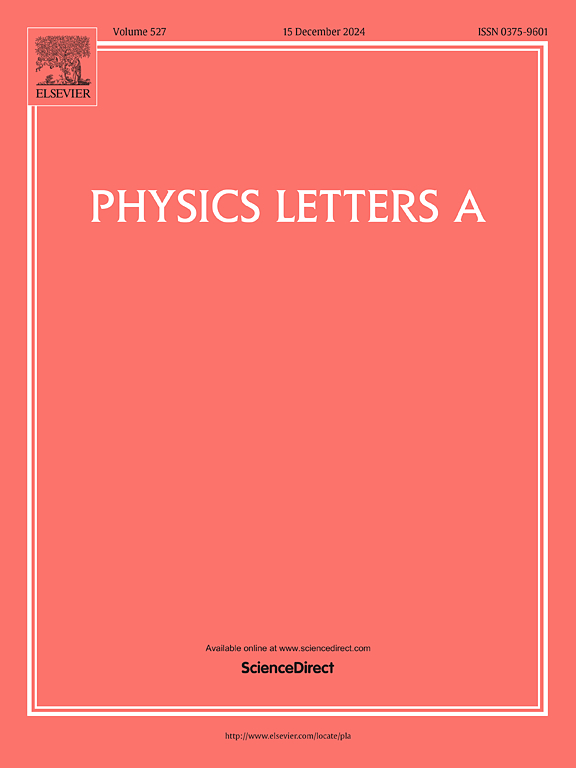TiN-Ti ultra-broadband solar absorber: Efficient heat absorption and high thermal stability
IF 2.6
3区 物理与天体物理
Q2 PHYSICS, MULTIDISCIPLINARY
引用次数: 0
Abstract
This paper presents an innovative TiN-Ti ultra-broadband solar absorber with a tic-tac-toe window design, showcasing exceptional performance for solar energy applications. The absorber features a Ti-TiN-Ti layered structure, with the top TiN-Ti layer crafted into a tic-tac-toe pattern and a central square pillar. Finite-difference time-domain (FDTD) simulations demonstrate a remarkable average absorption rate of 95.52 % across the 250–3500 nm range, with a 3070 nm effective bandwidth and a 95.97 % absorption rate under AM1.5 conditions. High absorption stems from the synergistic coupling of SPR, guided mode resonance and cavity resonance, as revealed by electromagnetic field analysis. The absorber excels in polarization insensitivity and angular robustness, The high absorption rate of the absorber remains consistent within the incident angle range of 0°-30° However, when an electromagnetic wave with an inclination of 60° is incident upon the absorber, the absorption bandwidth, which exhibits an absorption rate close to 1, remains at 2000 nm. With superior performance compared to existing designs and thermal radiation efficiency exceeding 90 % from 300 K to 2000 K, this absorber offers significant potential for solar energy harvesting, thermophotovoltaics, and communication systems.
TiN-Ti超宽带太阳能吸收体:吸热效率高,热稳定性好
本文介绍了一种具有井字窗设计的创新TiN-Ti超宽带太阳能吸收器,展示了太阳能应用的卓越性能。吸收器具有Ti-TiN-Ti层状结构,顶部的TiN-Ti层精心制作成井字图案和中央的方形柱。时域有限差分(FDTD)仿真表明,在AM1.5条件下,在250 ~ 3500nm范围内平均吸收率为95.52%,有效带宽为3070nm,吸收率为95.97%。电磁场分析表明,高吸收源于SPR、导模共振和腔共振的协同耦合。在0°~ 30°的入射角范围内,吸收体的高吸收率保持不变,但当入射60°的电磁波时,吸收体的吸收带宽保持在2000 nm处,吸收率接近1。与现有设计相比,该吸收体具有优越的性能,从300k到2000k的热辐射效率超过90%,为太阳能收集、热光伏和通信系统提供了巨大的潜力。
本文章由计算机程序翻译,如有差异,请以英文原文为准。
求助全文
约1分钟内获得全文
求助全文
来源期刊

Physics Letters A
物理-物理:综合
CiteScore
5.10
自引率
3.80%
发文量
493
审稿时长
30 days
期刊介绍:
Physics Letters A offers an exciting publication outlet for novel and frontier physics. It encourages the submission of new research on: condensed matter physics, theoretical physics, nonlinear science, statistical physics, mathematical and computational physics, general and cross-disciplinary physics (including foundations), atomic, molecular and cluster physics, plasma and fluid physics, optical physics, biological physics and nanoscience. No articles on High Energy and Nuclear Physics are published in Physics Letters A. The journal''s high standard and wide dissemination ensures a broad readership amongst the physics community. Rapid publication times and flexible length restrictions give Physics Letters A the edge over other journals in the field.
 求助内容:
求助内容: 应助结果提醒方式:
应助结果提醒方式:


